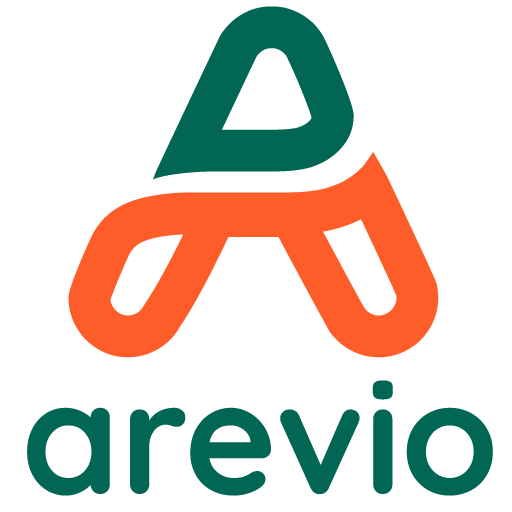–> Arevio is ready to support your needs <–
1. The CSRD background
In the backdrop of the ambitious European Green Deal, the Corporate Sustainability Reporting Directive (CSRD) emerges as a pivotal framework. It supersedes and broadens the scope of the Non-Financial Reporting Directive (NFRD), signifying a robust commitment towards corporate sustainability.
2. The ESRS XBRL Taxonomy
Unlocking Transparency with Standards
The European Financial Reporting Advisory Group (EFRAG) has presented a pioneering XBRL taxonomy, comprising 12 foundational standards. These standards, including 2 cross-cutting and 10 topical standards, embody precise disclosure requirements and data points. Compliance with ESRS 1 and ESRS 2 is obligatory, irrespective of materiality.
Navigating Materiality
In-scope entities needs to delve into stakeholder engagement within their value chain, conducting Impact, Risks, and Opportunities (IRO) analysis. This exploration determines materiality, crucial for mandatory reporting. With ESG factors shaping financial landscapes, a dual lens of financial and impact materiality underscores the strategic imperative of addressing sustainability matters.
3. The EU Taxonomy – Art. 8
Pioneering Sustainable Investments
The EU Taxonomy categorizes economic activities based on their environmental impact, fostering sustainable investments across six vital objectives. In-scope entities mandated under NFRD/CSRD are tasked with reporting percentages of their turnover, capital expenditures (CapEx), and operating expenditures (OpEx) in eligible and non-eligible activities.
Dual Assessment Imperative
Entities need to conduct a two-fold assessment, scrutinizing the eligibility and alignment of activities with the EU Taxonomy’s criteria. The alignment assessment gauges the contribution towards objectives while adhering to the ‘Do No Significant Harm’ (DNSH) principle.
4. Timeline
Roadmap to Compliance
The timeline delineates reporting obligations for various entities, setting a trajectory towards comprehensive sustainability reporting. A phased approach ensures alignment with evolving regulatory frameworks, guiding entities towards seamless compliance.
- Large companies of public interest > 500 employees (ex-NFRD scope): reporting in 2025 for 2024;
- Other large companies of public interest: reporting in 2026 for 2025;
- EU listed SMEs: reporting in 2027 for 2026;
- Non-EU companies with significant EU operations: reporting in 2029 for 2028;
- Indirect reporting: for companies operating upstream and downstream in the in-scope entity’s value chain (ESG material impacts, financial risks and opportunities).
In-scope entities will need to report under their national or ESEF templates.
It is also worth noting that, at this stage, the taxonomies are not yet final. Filing rules will also need to be published as well as ESMA RTS.
5. Acsone’s CSRD Solution: Discovering Arevio ESG Edition
Empowering Your Journey
Drawing from our extensive expertise in ESEF, Acsone offers tailored solutions to navigate CSRD-related requirements. From defining mapping tables to translating business data into XBRL format, our holistic approach ensures compliance and transparency. Let us partner in your sustainability journey.
We can definitely help you out!
Let’s connect, we’ve got a lot to learn from each other.
Let’s explore how we can collaborate. Book your personalized demo now.
